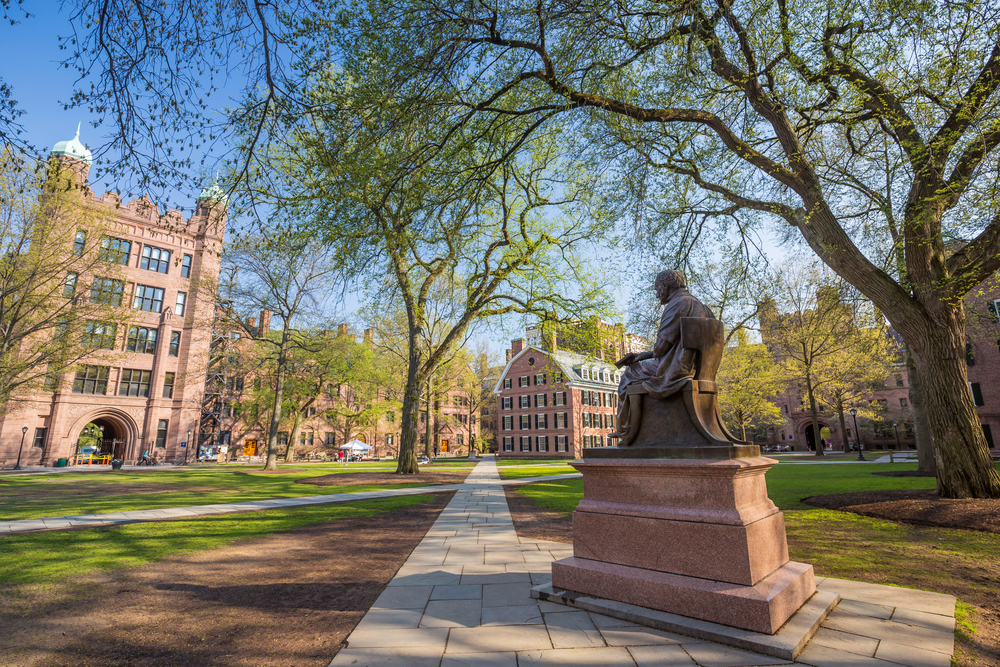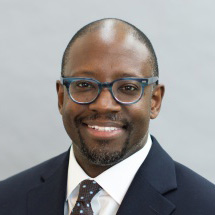As American universities worked tirelessly over the past couple of centuries to purge religion from institutional education, their success left a conceptual void. Without religion, the western university was in need of some of sort of metanarrative or ontological justification for its existence. It needed a meaning system—a way of providing direction in framing and understanding its goals and aspirations. Perhaps it is more accurate to say that religion per se was not removed from college campuses but that Judeo-Christian religion was replaced with a religious commitment to diversity, equity, and inclusion.
As is often recalled, almost all the Ivy League universities were founded with explicitly Christian missions. This is very evident, for example, in Harvard’s original mission statement: “Let every student be plainly instructed and earnestly pressed to consider well the end of his life and studies is to know God and Jesus Christ, which is eternal life, and therefore to lay Christ in the bottom, as the only foundation of all sound knowledge and learning.” In order for the institution to remain mission-driven during that era, it would have called for faculty members who were committed to that Christ-oriented vision. And it would have recruited students who sought to be formed by that explicitly religious mission.
Harvard’s current mission statement, however, has no explicit religious orientation, at least as formerly understood: “The mission of Harvard College is to educate the citizens and citizen-leaders for our society. We do this through our commitment to the transformative power of a liberal arts and sciences education.” But what informs that education? What set of presuppositions about the nature and purpose of knowledge is used to determine if faculty are a mission fit? What presuppositions about the nature of the human person and destiny of human life are students expecting to receive in the classroom? Justin P. McBrayer, a professor of philosophy at Fort Lewis College, argues that, increasingly, those presuppositions require putting faith and trust in the goals of diversity, equity, and inclusion. In fact, it is quickly becoming the case that professors cannot get a teaching job without pledging allegiance to diversity. Diversity now functions like religious faith.
Writing at Inside Higher Ed, McBrayer observes that “contrary to what you might think, many secular institutions now require faith statements.… They go by the name diversity statements, but they function in the same ways as faith statements at religious institutions.” Professors are expected to put their faith and trust in diversity as a way to “improve the success of diverse student bodies” and advance the cause of diversity, equity, and inclusion (DEI).” Here are some examples McBrayer cites:
New York University’s Tandon School of Engineering requires that all faculty applicants include “a statement of your experience with or knowledge of inclusion, diversity, equity, and belonging efforts and your plans for incorporating them into your teaching, research, mentoring, and service.”
California State University, Sacramento, requires applicants for a history job to submit a statement showing, among other things, how the candidate would “advance the History Department’s goal of promoting an anti-racist and anti-oppressive campus to recruit, retain, and mentor students.”
For another history job, Northern Arizona University requires a diversity statement “that highlights an understanding of the role of diversity, equity, inclusion and justice in a university setting. Please include examples from past experiences and reference plans to advance diversity, equity, inclusion, and justice in your teaching, research, and service.”
Hofstra University in New York welcomes applications for an assistant professor of sociology as long as that person can demonstrate her commitment to critical criminology, restorative justice and racial equity in the criminal justice system and show how her teaching, research and service would contribute to a culturally diverse and inclusive environment.
McBrayer then argues that the diversity-statement requirements function like faith statements in the following ways: (1) both faith and diversity statements effectively screen out candidates (“unbelievers in the mission”) at the application stage; (2) both faith and diversity statements require people to assent to claims above their epistemic pay grade; (3) both are signals of tribal loyalties; and (4) both faith and diversity statements close questions. For example, McBrayer believes faith statements ask Christians to articulate belief in the Trinity or assent to things they cannot verify empirically. He may not be fully aware of how statements of faith work in religious traditions, but McBrayer’s overall point has merit—that is, Christians seeking faculty appointments at Christian institutions will not struggle to articulate or explain the basic tenets of the Nicene Creed or the confessional beliefs of their particular tradition, and so on, even if they are not working in theologian disciplines. McBrayer is correct that faith statements intend to introduce the boundaries of epistemic belief and pedagogy. He is also correct that they are meant to close some questions and screen out potential applicants. What is fascinatingly true about his comparison, however, is that diversity, anti-racism, equity, and so on are treated not only as faith propositions but that professors are expected to be evangelistic about these ideas in the classroom. That’s a religious impulse.
Professors are also increasingly required to advance their ideology of power structures, which undergirds so much of the progressive understanding of what forms the human person. A central tenet of progressive ideology is that institutions are the causes of injustice and human failure, because if it were not for unjust institutions and power structures, human nature would inevitably lead to just social and economic outcomes for all people. This presupposition naturally leads to the assumption that material and social power disparities between special interest (minority) groups and the racialized norms of “whiteness,” are, by definition, indisputable evidence of structural injustices that require some sort of centralized coercive attempt to produce the same outcomes for all members of identity groups.
Following this, it becomes clear that diversity-statement requirements are one way of screening out those who question progressivism’s view of the causes of disparities and injustice. It fends off, just as in a statement of religious faith, those unwilling to evangelistically advance the ideological assumptions of progressivism. Advancing the ideological assumptions of DEI will be conscious-binding for those who have any kind of reservations. Sadly, to even question those presuppositions might automatically bring the charge of racism and bigotry, or result in being tagged as someone who does not value diversity for its own sake.
Research shows that across the U.S., college faculty are generally ideologically progressive. It only stands to reason that viewpoint diversity is not included as a “diversity” goal, at least if that means hiring, on purpose, conservatives or classical liberals. At Harvard, only 2.9% of professors surveyed in the faculty of Arts and Sciences report being conservative or very conservative—and diversity statements are a way of keeping it that way. If McBrayer is correct that diversity statements are essentially statements of faith used to screen out “unbelieving” job applicants, then American universities will become increasingly less diverse, less equitable, and less inclusive, because more conformist to one perspective. McBrayer notes that “religious colleges are private institutions that are typically up front about their religious orientations.” I suggest that if universities want ideological homogeneity, they should be equally up front about it rather than use a thinly veiled exclusionary requirement as a signal of religious assent to the presuppositions advanced by progressive ideology.

